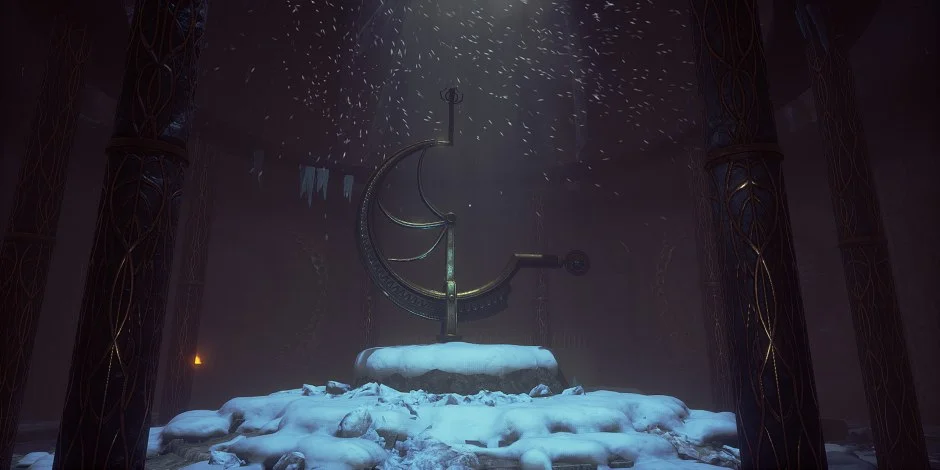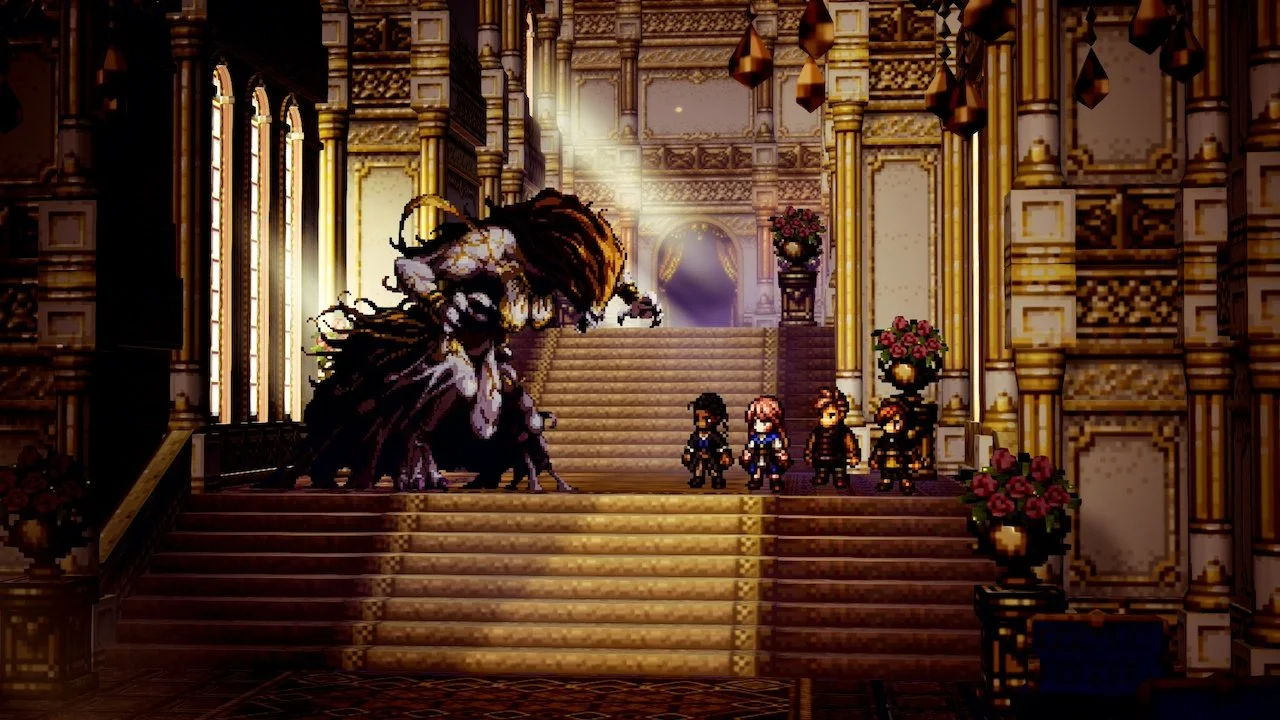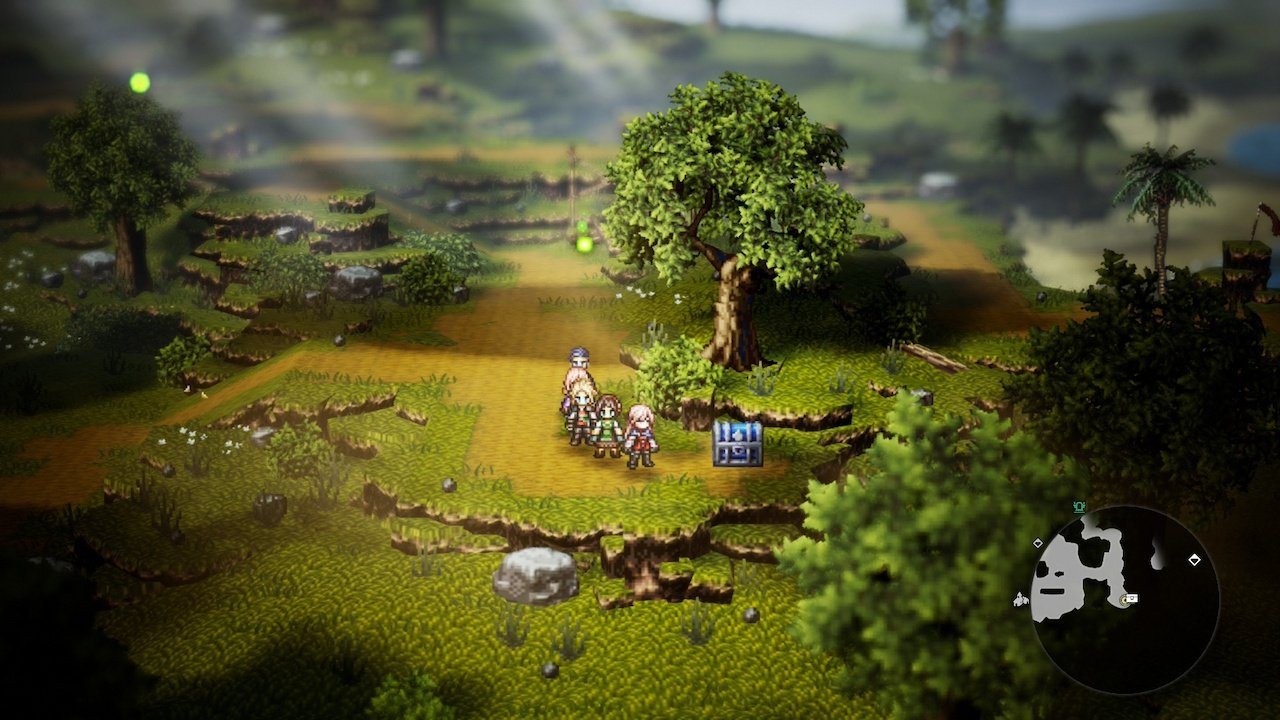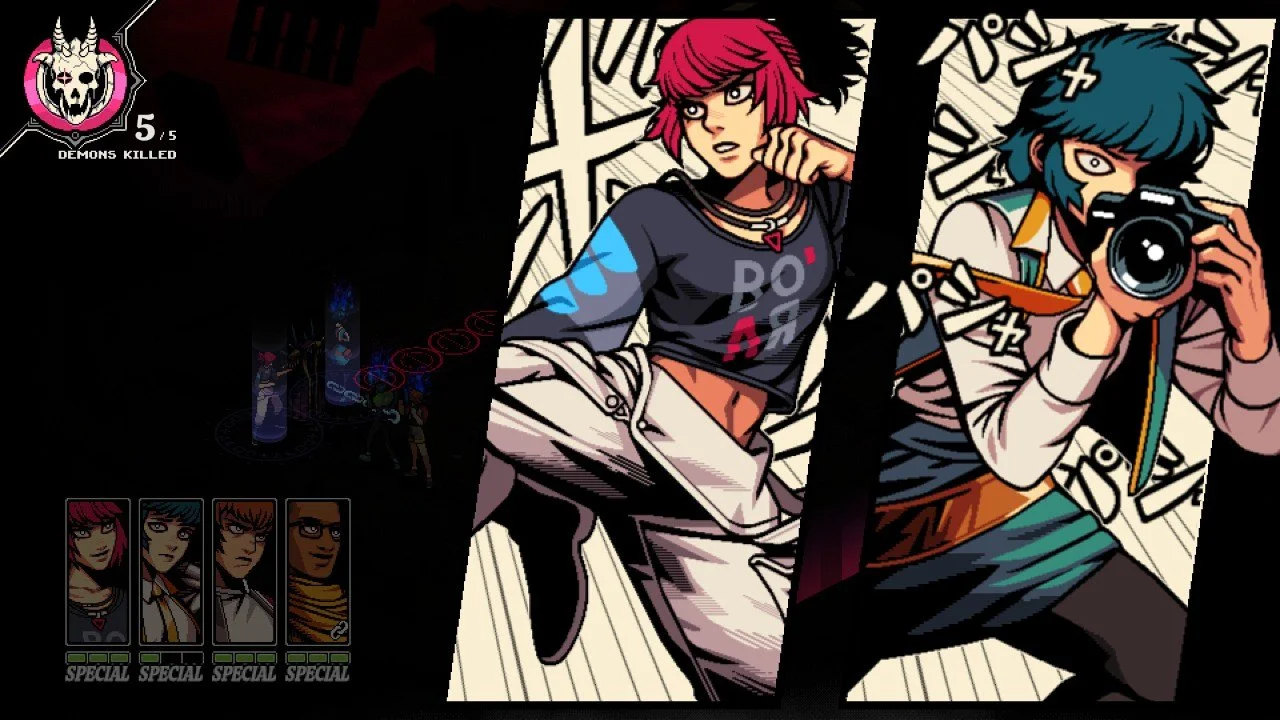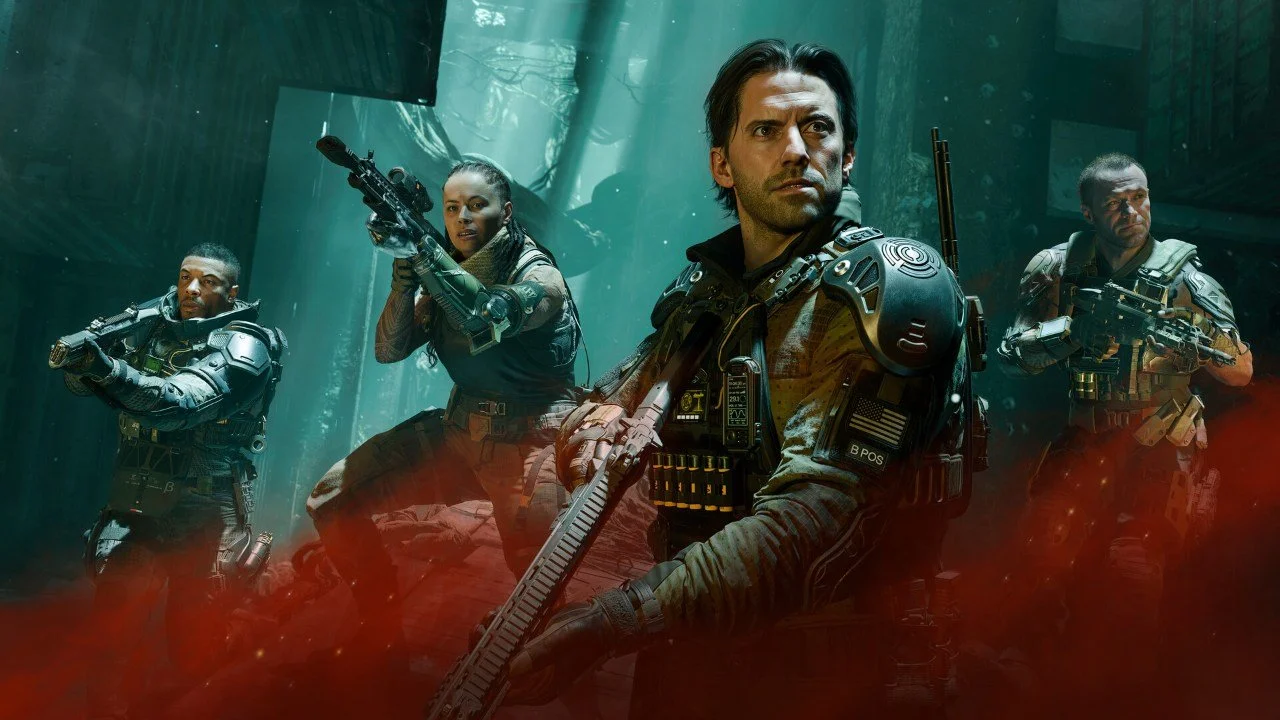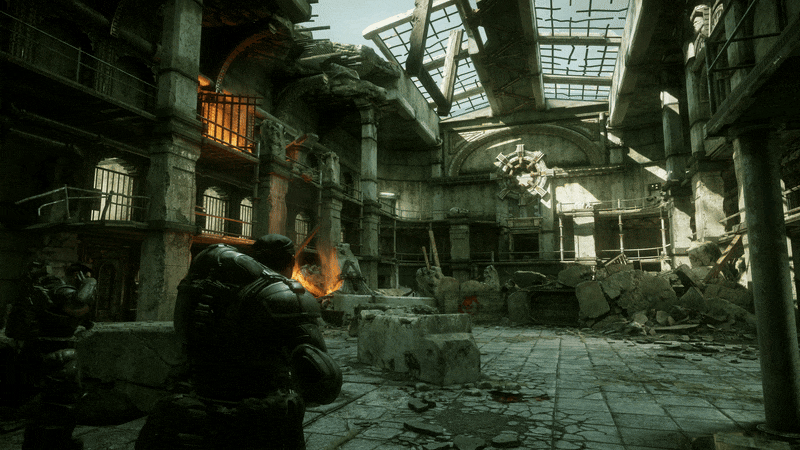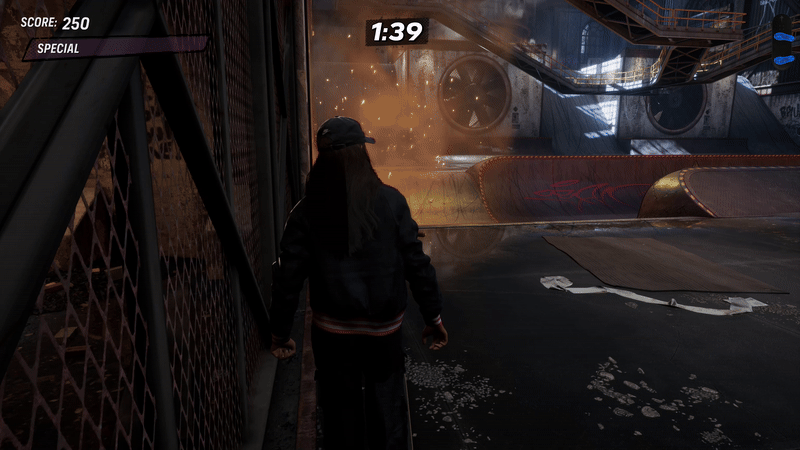PC Review Copy Provided by Stormling Studios
Creating an experience-based horror game isn’t always an easy thing to do, but when it is done properly it can leave players wanting more and left in awe of the story they just went through. Stormling Studios has recently launched their title Transient that was meant to bring exactly this type of experience to their players. While it may have had a great premise and solid setup that even got publisher Iceberg Interactive to work with them, it is definitely a game that doesn’t find itself lacking in its own experience. Let’s break it down to give a better understanding of this game’s pros and cons.
Story
During an interrogation from a powerful entity, we find ourselves going into the mind and memories of our protagonist Randolph Carter. As events continue and the truth unfolds, we find ourselves covering bits and pieces of stories from two different timelines in Carter’s life. In some instances, we are in various otherworldly areas where we learn that Carter is a wayfarer with multiple lives in his past, but in other instances, we find ourselves in a dystopian, cyberpunk world. In these memories lies the answer that the entity is looking for, but can you find it?
Gameplay
This game is played out in first-person view and is a mixture of solving puzzles, finding your path, and looking for answers. While the puzzles come in various styles, there is another chunk of information found in each chapter that you play through. They also each provide their own puzzle styles, which was nice to see a different puzzle type throughout the game rather than repeating puzzles.
When it comes to finding your way through the game, you can use a system called PHI. It works as a kind of locator that has a self-charging battery giving you a limited amount of time to use it before having to wait for it to recharge. Most of the time it is simply a helpful guide, but there are moments where the PHI has to be used in order to get the information, find a hidden area, or other uses needed in order to actually progress. Since it just self-recharges right when you turn it off, there is no reason to limit your use of this so feel free to use this anytime you feel lost or just want to check your surrounding area for clues.
Not everything that you do is a puzzle, but I would say that when there is a puzzle the clue to solving the puzzle is very obvious to find. I was impressed with how the puzzles were set up and how the clues didn’t just give you the answer, but it did give all the proper information in order to solve it. It was definitely good to see that a game based on exploration and puzzle-solving knew to make the clues easy to find but the answers hidden in a linear way. They didn’t make it all just a note either. The two more innovative ways were through a recorded radio transmission and completing a mini-game created by a side-character with the final in-mini-game note being the clue to the in-game puzzle.
One thing I did find helpful was the way the main character would verbally inform the player when they weren’t interacting with something they could use at the time. Trying to interact with something too earlier or again after it was used will prompt the character to make a statement regarding that item that tells you to come back later basically. It’s better to have a system like this rather than let me just play with things that I have no use for or could potentially ruin for a future puzzle moment.
Visuals
Graphically speaking, this game did a great job presenting each area in such a unique way. I found the H.P. Lovecraft inspired sections, or rather the otherworldly areas, to have that cosmic-horror eeriness that Lovecraftian tales are known for while the dystopian, cyberpunk world had a sad yet scary element to it. Something about seeing people trapping themselves in a virtual world and letting the real world destroy itself around them is unnerving and they did a great job bringing this out.
My only negative comment would be that I thought most of the character models looked a bit weird. Granted, we didn’t see people very often and most of the game was in first-person, but something about their character designs just didn’t look right.
Sounds
While they were pretty light on the amount of music that was played throughout the game, giving us only a kind of undertone to fill the background with and changed according to the setting, was actually a good idea. It lets the player focus on the puzzles and atmosphere rather than the music, all while driving the eeriness of each area.
Replayability
Other than trying to find all of the collectibles throughout the game, I don’t see much reason to go through this game more than once.
What Could Be Better
While I like the story and feel that it had a great premise, it seemed like it was lacking some major detail. I felt confused through the majority of the game and only realized what was going on in the final chapter. While this may have been the goal, there are better ways to go about this. The story felt like it picked up in the middle of a movie where I was supposed to know more about the wayfarer than I did. It’s almost like this was the second game of a series that picks up where the first game left off and the first game was all about Carter’s time in the otherworld, hiding whatever it was he hid in Tohem, and experiencing his own reoccurring reincarnation. In short, the story was too short to cram all the details you wanted to fit into a single game or at least one with only five chapters.
I’ve had this grip before and I still stand by it; never list how long the game is until the player unlocks those sections of the game. It gives off a sense of “almost finished” and makes the player feel more like they are playing just to reach the end rather than go through the experience. I shouldn’t be able to click “Chapter Select” while I am only on the start of Chapter 3 and see that there are only five chapters total.
Conclusion
Transient is definitely an interesting game with fun puzzles to solve. It does have a story that is more convoluted than the full game experience allows you the time to really divulge and understand without having prior H.P. Lovecraft knowledge, but an intriguing story nonetheless. I enjoyed going through this game and it left me wanting more, but unfortunately, I think it left me wanting more for the wrong reasons. A good experience created within a story too long to be told in its own short game.





